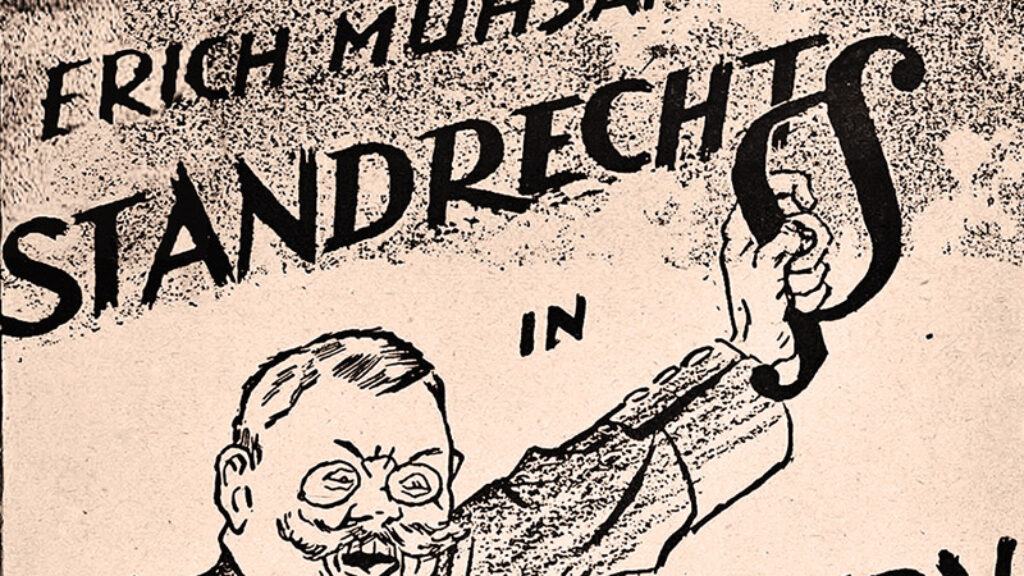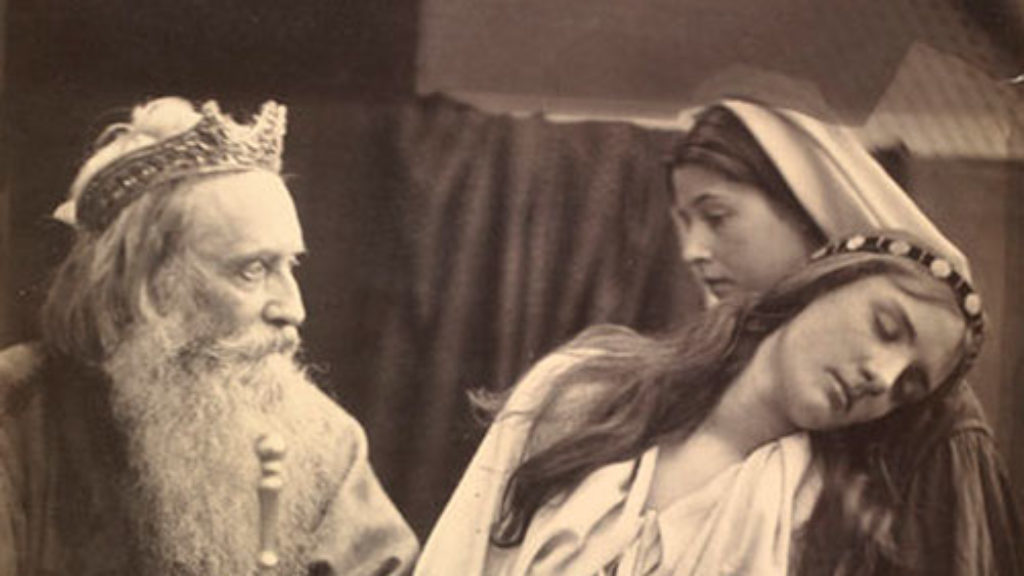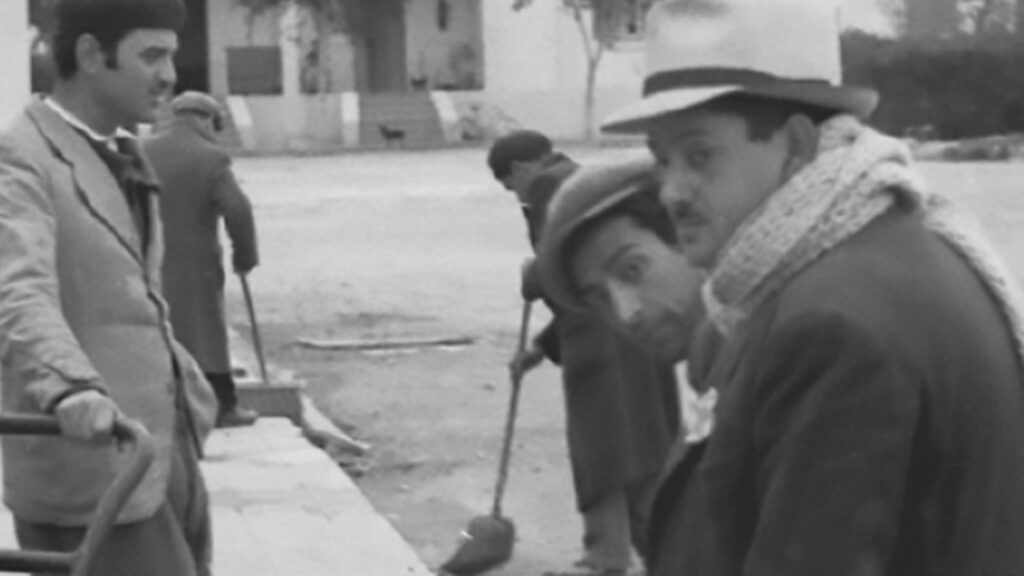Letters, Spring 2020
A Kind of Conversation?
Many of Professor Carlebach’s criticisms are familiar to us (“Tradition and Invention,” Winter 2020). Years ago, when The Jewish Political Tradition was only an idea in our heads and a two-page prospectus, we met in Jerusalem with another distinguished Jewish historian to talk about the project. He made pretty much the same criticisms of the prospectus as Carlebach makes of the three published volumes. We would be mixing genres, he said, ignoring differences of time and place, committing all the mistakes that historians are taught to avoid. We listened—and decided that we did not want to produce the work that he was looking for: a history of Jewish politics. If Carlebach and her colleagues were now to publish a multivolume history of that sort, we would be eager to read it and learn from it. But that was never our project.
We have aimed to produce an account of Jewish arguments about politics—not a history, but a representation of those arguments, organized thematically as well as chronologically and accessible to people who aren’t scholars of Jewish history or the religious tradition. Imagine a similar project about Western political thought. Surely there is a tradition of characteristically Western thought that can be studied historically or philosophically. You can read Thomas Hobbes, for example, as a 17th-century writer narrowly engaged with 17th-century issues, or you can read him (as he probably wanted to be read) as a theorist thinking together with other theorists across the ages about the recurring questions of political life.
If the second reading is legitimate, then it makes sense to put a few pages from Hobbes on political obligation, say, alongside what other Western writers have said about the same question—some of them starting from “snippets” of Aristotle, some of them from a few biblical verses (taken out of context). All of them are indeed engaged in a kind of conversation, looking for the right answer. Who comes closest? And so with the Jews, whose writers regularly start from a few lines from one of our authoritative texts (often taken out of context) and argue with each other.
No doubt, the arguments always have a local setting. A question like “Who is a Jew?” has greater interest or urgency in this time and place than in that one. But the rabbis writing about all the related issues—conversion, heresy, apostasy—were looking for the right answer to the question, which for them was a timeless answer. They might include context-specific qualifications with reasons; however, that would apply in any similar situation at any time and place. “Who is a Jew?” is still a question of interest, even urgent interest, and we want our readers to join the ongoing arguments. Isn’t that how a tradition survives and develops over time?
Of course, it is helpful to our readers to know when and where a particular argument was first made, and, in our headnotes and glossaries, we try to provide that information, adding, briefly, a description of the specific context when we think it necessary. But our interest is in the arguments themselves. Is this a good way to think about conversion, say, or about charity and taxation, or about the legitimacy and authority of the kahal, or about physical and capital punishment, or about (what historians have always described as a Greek question) the best political regime? These questions can be answered in different ways. We do not believe, and we can’t think of any place where we asserted, what Carlebach claims to have found in our volumes: the idea that the arc of Jewish history bends toward democracy. Monarchy and oligarchy (the rule of the rich and the learned) are the regimes commonly defended in the texts we have selected. But there are alternative interpretations of these texts, and arguments for republican government have been made (by Abravanel, for example), and arguments for democracy are certainly possible. How could they not be, when we are such an argumentative people?
We are surprised by Carlebach’s claim that our presentation of the texts “deprives the reader of insight into one of the most remarkable aspects of exilic Jewish life . . . the repeated invention and reinvention of Jewish political life.” Our whole project is a celebration of the audaciousness and inventiveness of the rabbis and Jewish lay leaders throughout the years of exile. They sustained a national existence without sovereignty, without territory, and for much of the time without coercive power. Please look at chapters 6, 7, and 8 of volume one for our account of “the grand rethinking of what it would take to establish Jewish collective life in new and unfamiliar circumstances.” These chapters deal with the intellectual and legal construction of the kahal.
Professor Carlebach praises our selections (“culled with evident care and discernment”) and our translations, and for that we are grateful. She then criticizes us for leaving things out—including only an idealized portrait of the Council of Four Lands, for example, and so overemphasizing its importance. Indeed, contemporary Jews did not take the council to be as important as we think it was. How the tradition valued and devalued political activities and institutions is a topic we plan to deal with in volume four, which is still to come. Carlebach also says that we ignored the large numbers of takkanot (communal rules and regulations), whose inclusion would have produced a much richer portrayal of the kahal’s history. True enough, but, again, we are not writing a history. Instead, we seek to collect the ideas and arguments that best reveal the Jewish tradition of thinking about politics—and these are rarely found in the takkanot, given what they are (for instructive exceptions, see in the first volume selection 17 of chapter 8 and in the third volume selections 20 in chapter 21 and 15 in chapter 22).
We are sure there are texts that we missed and shouldn’t have missed. But if we have started a debate about how the Jewish political tradition is best represented, surely that is a good thing.
Menachem Lorberbaum
Tel Aviv University
Michael Walzer
Institute for Advanced Study
Noam Zohar
Bar-Ilan University
Elisheva Carlebach Responds:
I stand by my remarks and direct the interested reader back to my original review.
Law and Love
In his review (“Law, Lore, and Theory,” Winter 2020) of Chaim Saiman’s recent book, Lawrence Kaplan seems to agree with the author’s claim that the rabbis of the Talmud with their “exclusive focus on the precise details of religious practice” left the Pharisees, the forebears of rabbinic Judaism, open to Jesus’s critique that they mistook “the legal trees for the spiritual forest.” Coming at the Pharisees’ approach from a different angle, I suggest that their focus on what looks at first like “legal trees” is really an expression of their all-embracing love of the world and their unbounded curiosity about all facets of creation. It was because of this that they possessed an encyclopedic knowledge of nature and the world around them.
Kaplan points out that Jesus chastised the Pharisees over the fine distinctions they drew in the laws of tithing. But take this mishnah:
When do the fruits become liable to the tithe?
Figs from the time their tips become white
grapes and wild grapes in the early stages of ripening . . .
pomegranates after their core becomes pulpy,
dates when they begin to swell. (Ma’aserot 1: 2)
Surely what we see is not a mundane legalism but rather an in-depth knowledge of and engagement with nature, a knowledge and engagement inspired by a love of the works of the Creator.
David Citron
Jerusalem
Lawrence Kaplan Responds:
In his thoughtful letter, taking issue with both Chaim Saiman and me, David Citron argues that what might appear at first sight to be the talmudic rabbis’ focus on “legal trees” turns out, upon closer examination, to be “an expression of their all-embracing love of the world and their unbounded curiosity about all facets of the creation. It was because of this that they possessed an encyclopedic knowledge of nature and the world around them.” As an example, he offers the mishnah in Ma’aserot regarding the laws of tithing:
When do the fruits become liable to the tithe?
Figs from the time their tips become white
grapes and wild grapes in the early stages of ripening . . .
pomegranates after their core becomes pulpy,
dates when they begin to swell. (Ma’aserot 1:2)
He concludes,
surely what we see is not a mundane legalism but rather an in-depth knowledge of and engagement with nature, a knowledge and engagement inspired by a love of the works of the Creator.
That this mishnah—indeed the entire chapter—reveals the Rabbis’ “encyclopedic knowledge of nature and the world around them” is undeniable, but that this “encyclopedic knowledge” derived from “their all-embracing love of the world” may be doubted.
In the first paragraph of Mishnah Ma’aserot, the Rabbis set forth the general principle that fruits are liable to tithes only from the time they are fit for eating. But rather than leaving it at that, the chapter goes on to list not just the four types of fruit cited by Citron but dozens of other fruits and specifies the precise times they are fit for eating.
The Rabbis, thus, acquired their “encyclopedic knowledge” of the processes of the ripening of different fruits, not out of an “unbounded curiosity about all facets of the creation” but out of a need to offer halakhic guidance to farmers. In a similar fashion, Rav, the great third-century sage, reported he spent 18 months with an animal herder to learn to distinguish between permanent and temporary animal blemishes as they affected the sanctity of first-born pure animals. Rav’s motive, then, was strictly halakhic, and one may doubt he was influenced by some Wordsworthian love of the countryside.
The Rabbis, then, in offering halakhic guidance regarding tithing, did not rest content with a general principle but, as Bartenura, the classic commentator on the Mishnah, explains, sought to “give precise measurements for each and every fruit.” This typifies the Rabbis’ approach to halakha, which, while formulating general principles, translated them into fixed, precise measurements, often quantitative. Thus, the Rabbis state that for a mikvah to be ritually fit, it requires 40 seah (approximately five hundred liters), enough for average-sized persons to immerse themselves in—but once that amount was quantified, even if a mikvah was just a little less than 40 seah, even just one kav (1/240 seah) less, it was nevertheless ritually unfit. As the talmudic scholar and Israeli Supreme Court justice Moshe Silberg suggests, the rabbis felt that since the halakha is a religious law addressing itself to ordinary Jews, general legal principles, allowing for doubt and supposition, would not provide them with sufficient religious guidance; rather, the halakha must be formulated in precise terms that would be easy to follow. Here, to return to Saiman’s book, we see the everyday regulatory function of the halakha at work as it aims for clarity and uniformity.
Kosher for Passover!
In regard to Jesse Tisch’s review of the new Mel Brooks biography (“History of Mel Brooks: Both Parts,” Winter 2020): One of my favorite Blazing Saddles gags appears only on the poster (reproduced on the last page of the review), where the beadwork on the Indian headdress spells out kosher l’Pesach in Hebrew letters.
Jack Levey
via jewishreviewofbooks.com
Deep Rivers
The legend that Diane Cole mentions (“Not So Innocent Abroad,” Winter 2020) about “the Yiddish Mark Twain” and “the American Sholem Aleichem” is apocryphal, but that shouldn’t obscure the similarities in the life and work of the two men. Both Samuel Clemens and Sholem Rabinowitz created a nom de plume and a public persona by a pun on a popular phrase. Though both are remembered as great writers, they each made more money through public speaking than they did through writing. Each married a rich woman against the initial objection of the woman’s father. Both tried to make it big in business and blew fortunes, inherited and self-made. Both made literature out of their boyhood experiences. Both are remembered as great humorists, storytellers, and chroniclers, but above all, there is the sensibility and the power of description. Here is Huck Finn on the Mississippi:
The river looked miles and miles across. The moon was so bright I could a counted the drift logs that went a-slipping along, black and still, hundreds of yards out from shore. Everything was dead quiet, and it looked late, and smelt late.
Here is Sholem at the Dnieper:
Now the children stopped laughing. They didn’t feel like laughing anymore. It was too quiet here at the banks of the Dnieper. A holy silence. The air had turned cool; the water gave off a strange smell. It hummed, gurgled, ran.
Murray Citron
Ottawa, Ontario
Suggested Reading

Revolution, the Jews, and Hitler’s Munich
How did a Jewish Socialist become the revolutionary leader of the People’s State of Bavaria? And did his brief career provoke the rise of Hitler?
The Lowells and the Jews
Robert Lowell, the most famous poet in America, icon of the antiwar movement, consummate Boston Brahmin, was especially glad to speak with a Jewish group because, he drawled, “I’m an eighth, you know.”

Hidden Faces and Dark Corners: Megillat Esther and Measure for Measure
What happens when the hidden is revealed? Reading Megillat Esther alongside one of Shakespeare’s “problem plays” shows that question to be at the heart of Purim’s paradox.

North Africa during World War II
Mentions of wartime North Africa conjures up visions of Humphrey Bogart, Ingrid Bergman, and Claude Rains in Casablanca. It was far worse than that...
Comments
You must log in to comment Log In